My family has always loved weeping willows. In Cheshmeh Safid, the Iranian village where I spent parts of my childhood, there were multitudes along the water’s banks. To this day, the memory of those trees makes me smile.
Over the past decade, my family has planted many willows along the marshy creeks and tributaries that run through our farm in Minnesota. It’s mind-blowing how quickly they’ve grown — you would never guess that many of them are just 8 to 10 years old.
These graceful, broad-crowned trees offer beauty and fond memories while also contributing so much to the environment, which is why we plant them. Tree planting is one of the best, most immediate strategies we have to combat climate change, specifically the rapidly rising amounts of carbon dioxide (CO2) in our atmosphere.
CO2 is a greenhouse gas that both traps and radiates heat. As the amount of CO2 in the atmosphere exceeds what our planet’s natural processes can remove, the greenhouse effect increases, disturbing all sorts of natural systems.
Since the 1960s, as global GDP per capita has nearly tripled, global CO2 emissions have quadrupled, according to the United Nations Conference on Trade and Development. And each year, CO2 levels continue to rise, posing real, immediate danger.
This is a severe environmental crisis, and while many are actively working and innovating to reverse course, “someday” solutions are not enough — we need them now.
My engineering brain always searches for the simplest, most actionable solutions, and for this problem, planting more trees is one thing most of us can do. These sophisticated, natural CO2 filters offer an answer that’s accessible and actionable, and that pays immediate dividends.
My engineering brain always searches for the simplest, most actionable solutions, and for this problem, planting more trees is one thing most of us can do.
Through photosynthesis, trees remove carbon dioxide from the air, store it in their trunks, branches, leaves, and roots, and release oxygen into the atmosphere. More trees means more sequestered carbon, which can help mitigate climate change.
Not only can trees defend us and our existence, but they also take care of one another. They communicate. They’re social. They nourish each other. Mature canopy trees nurse saplings beneath branches, providing shade and shelter from the sun and wind and replenishing the surrounding soil.
Connected through forests, trees are invested in mutual growth, looking out for the other vegetation around them. They care for the sick and elderly, providing barriers and protection while sharing water and nutrients. They seem to understand the collective whole is greater than the individual parts.
And therein lies our greatest lesson: Like the trees themselves, we have to work together to address the many challenges that face us — one of the most urgent being climate change.
The best way to accomplish that is through massive alignment: to connect at the root, recognize our duty and responsibility, and take deliberate action. In this case, it’s planting more trees.
I urge you, passionately and urgently, with everything in me, to participate. All of us — individuals, organizations, communities — can take action and make a meaningful difference collectively. (Life Time is committed to the second part of our mission: Healthy People, Healthy Planet, Healthy Way of Life. Moving forward, we will be focusing a significant portion of the Life Time Foundation’s efforts on this initiative.)
So let’s join forces, learn as much as we can, and plant as many trees as we can for our respective environments. Share what you’ve planted and encourage others to do the same.
Give trees as gifts; donate to trusted organizations that will plant them on your behalf. Talk to your city and local organizations and representatives about bringing more native trees into your neighborhood and community.
If we act immediately and deliberately, I truly believe we can start to reverse the effects of rising CO2.
And let’s keep looking to the trees. Along with the oxygen they provide, they offer living, breathing proof of how natural communities can come together to endure hardship, heal, and, in the rhythm of the seasons, flourish for generations.
For more on the importance of trees, listen to our Life Time Talks podcast episode (featured below) with Jad Daley, chief executive officer of American Forests, and Sarah Emola, executive director of the Life Time Foundation and ESG programs at Life Time.
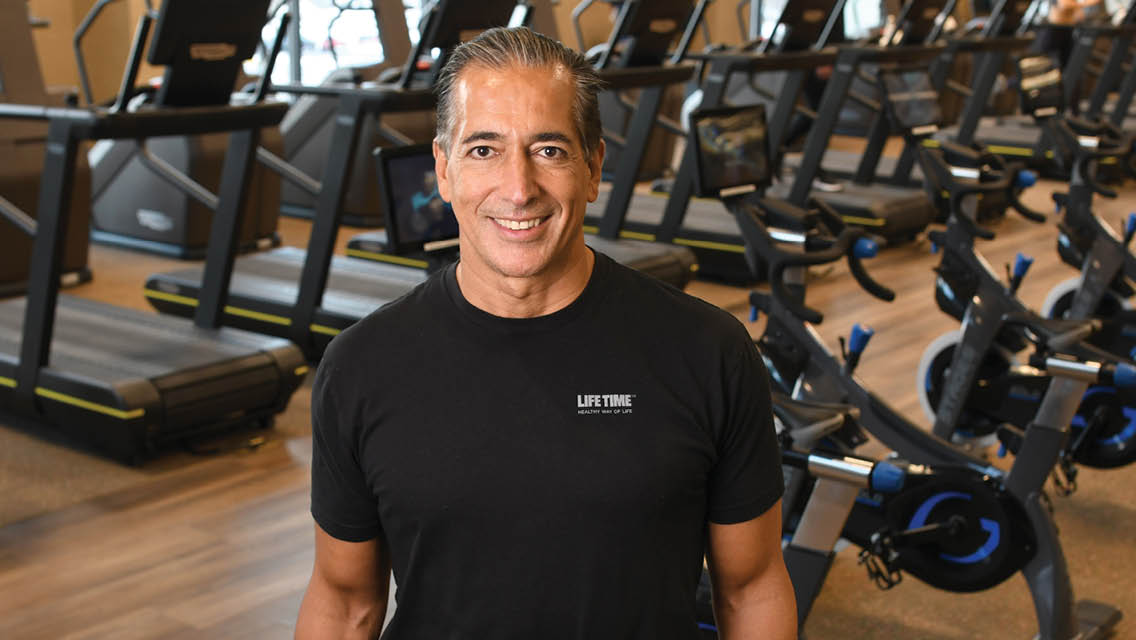
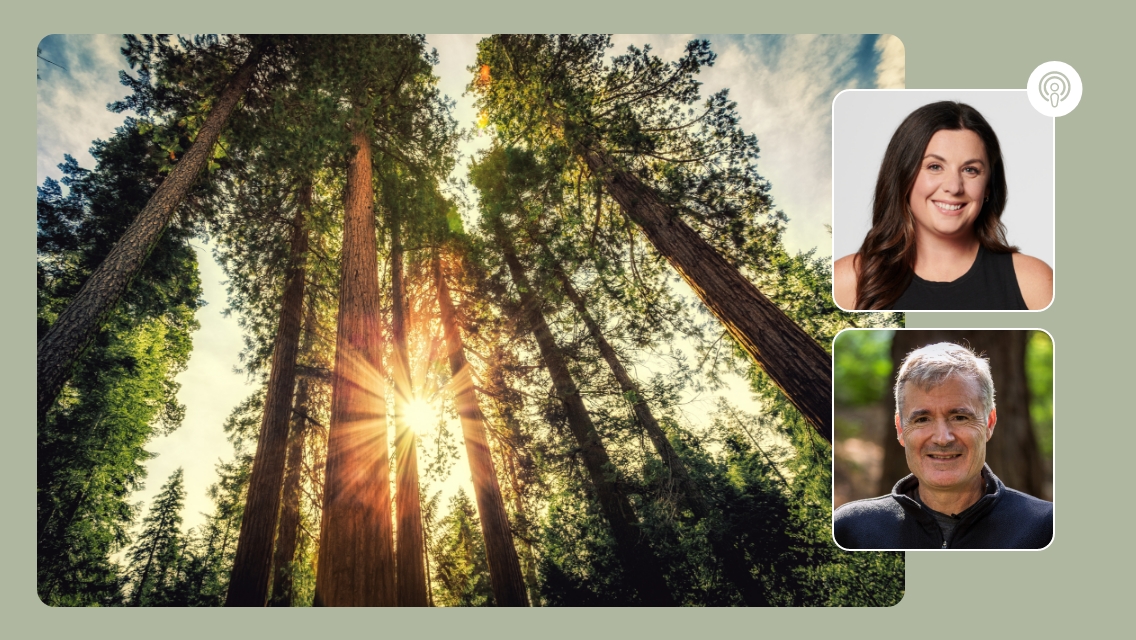
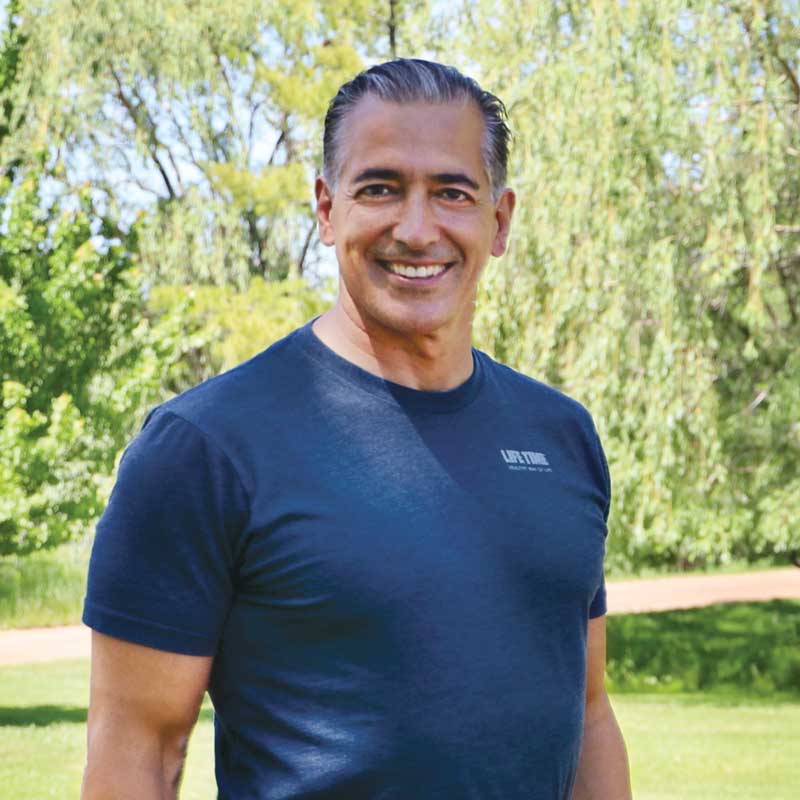

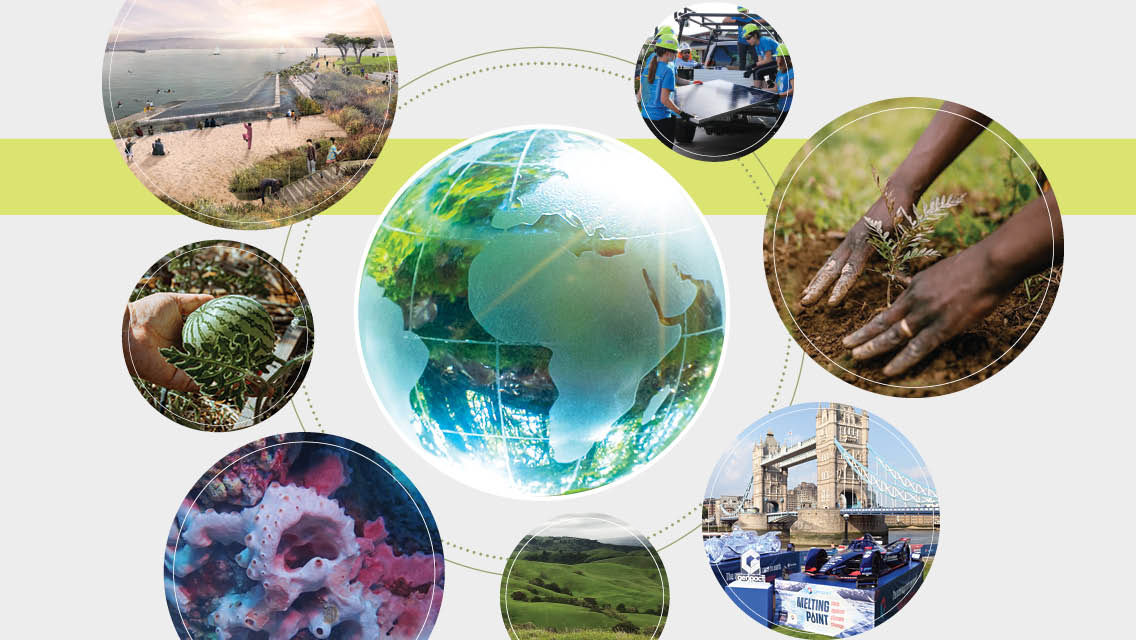
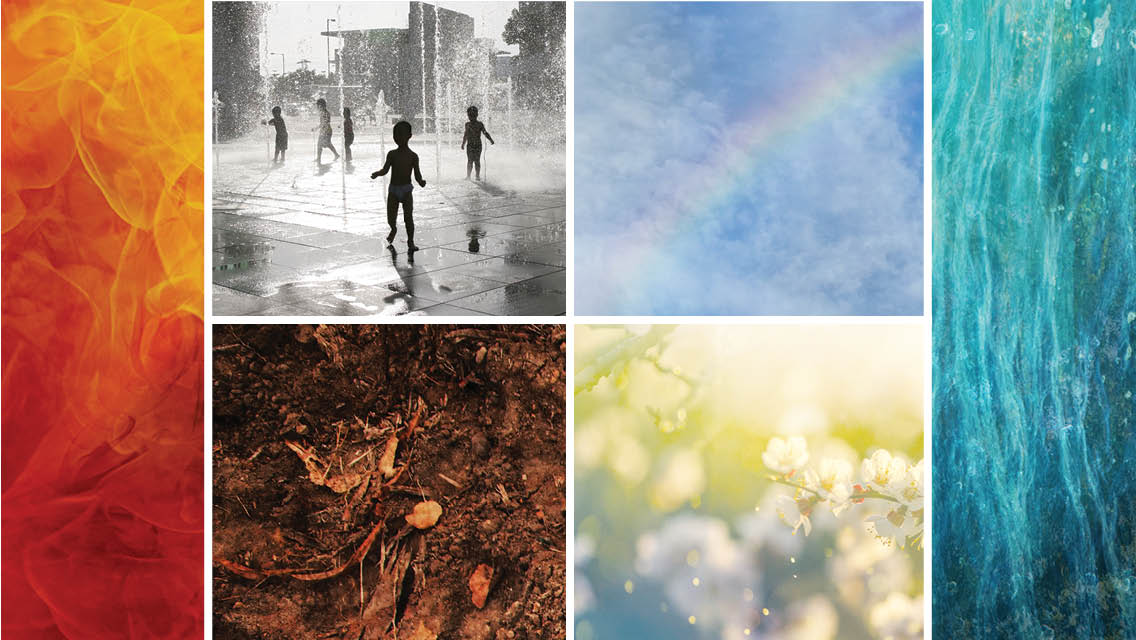
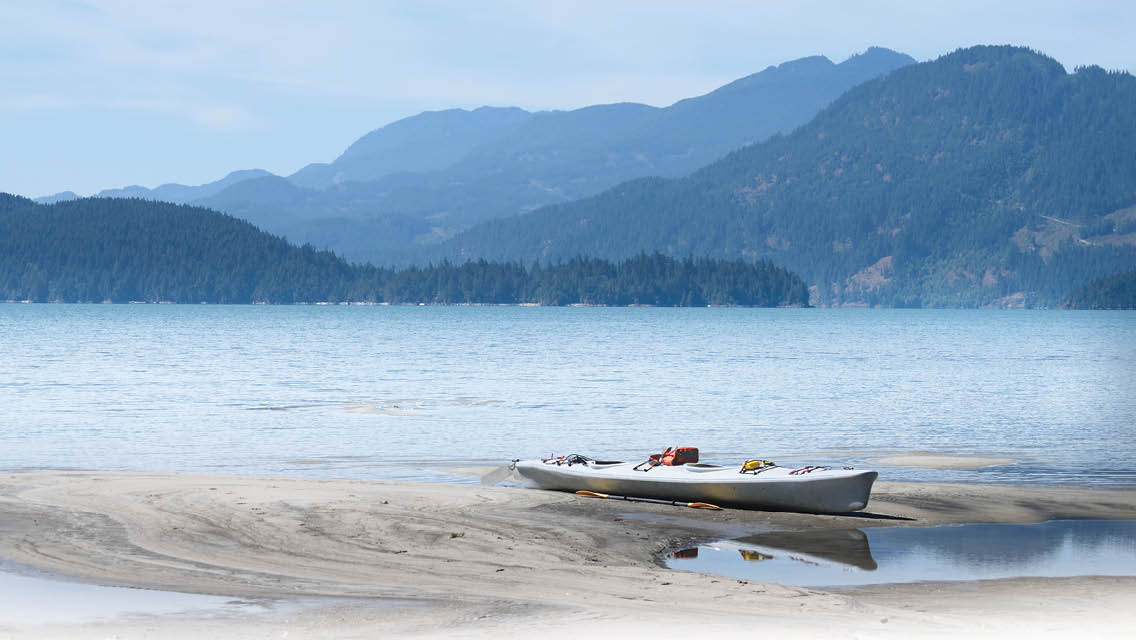
This Post Has One Comment
He that plants trees loves others beside himself . Thank you Bahram